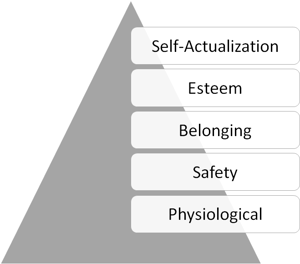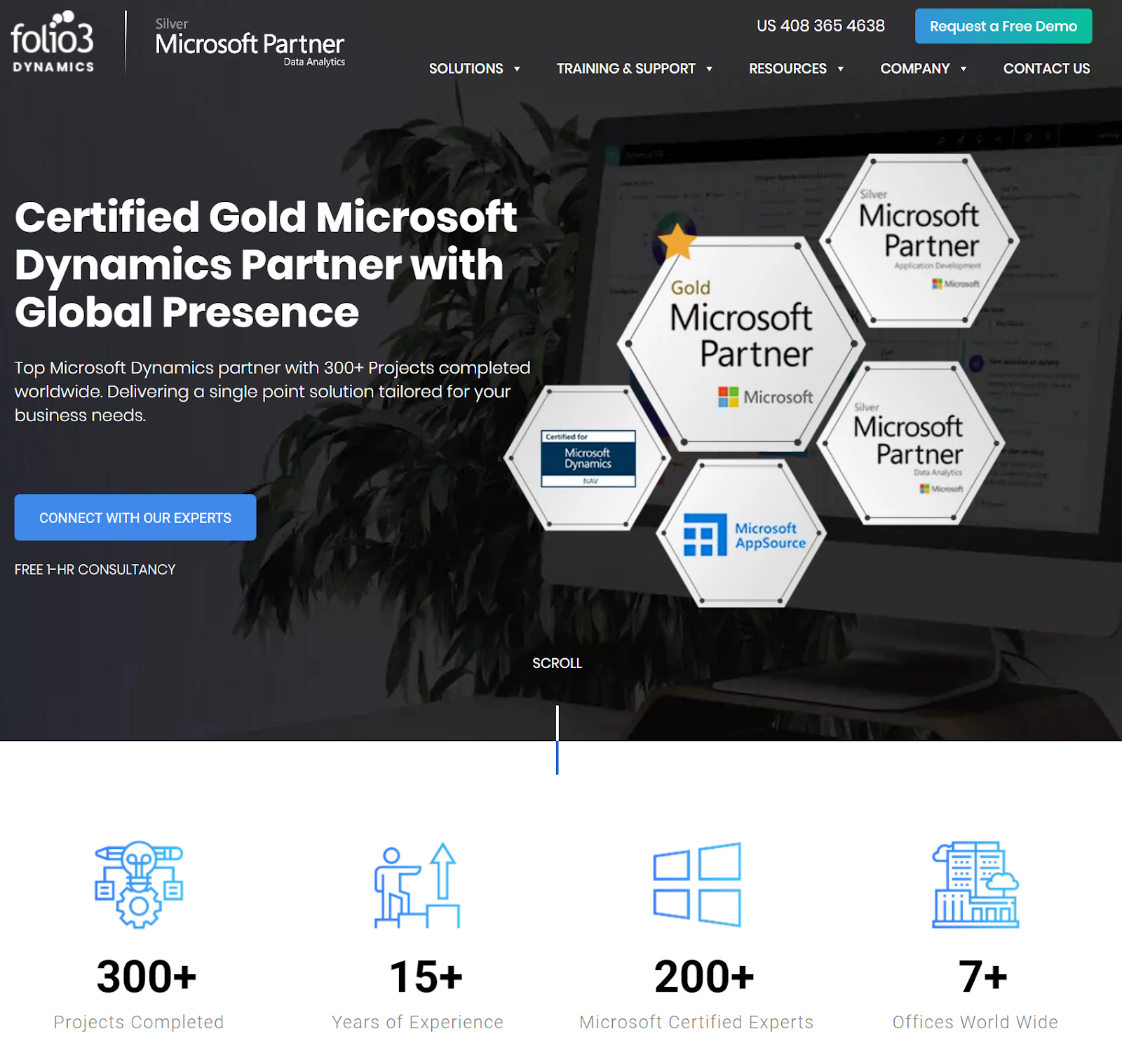When to retire content on your B2B SaaS website
Knowing when to retire content vs. producing new content can be a challenge. If you’re on the fence, use these tips to guide your website content...

There are three critical components of any form of marketing communication. If you don't use all these three...you’re out.
Three strikes. Go to the bench. Your email is not going to lead to results, your landing page will not drive conversion and your content will never start ranking. Your survey will not be filled out. You will not make the sale.
In every marketing effort that includes communication, it’s essential to incorporate the pain, claim, gain framework. This applies to a pitch deck, an email, a landing page, your complete website, or a survey. To create effective messaging and sales and marketing materials, you'll need to understand and describe your service and benefits in a way that fully considers and accounts for that with which your audience is the most concerned.
When communicating with your audience, you have to answer three questions they will be asking.
These fundamental questions also follow the “buyers journey” or “engagement journey” with you as they consider letting you help them with a solution.
| What they ask | What you do | What you say |
| Why change? | WOW your Audience | Talk about their PAIN |
| Why you? | Show them HOW | Share your CLAIMS |
| Why now? | Drive Action NOW | Show what they can GAIN |
The above framework will help you instantly drive more conversions on your website, get people to click on your emails, and engage with other marketing and sales materials.
People don’t like change. Someone only acts if they see a need to act. If you want people to click on your email, engage with your content or stay off the phone after you call them you have to instantly convince them to get out of their natural state of inertia.
To convince your audience to act you typically have to connect with either their Fears or Dreams. What do they worry about that keeps them up at night? What would they like to be able to do and what stands in the way of achieving that?
If people don’t notice your email or call to action, they will never click on it. Think about how you can WOW someone so they will actually notice. Stand out of the crowd with the language you pick. Use contrast in your language. Be personal. Take a stand. Tell a Story.
A great model to find everyone’s pair is Maslow’s pyramid. To find what will “move” your audience, go to what people care most about. Start at the bottom of the pyramid.

Are they secure in their job? Is your technology solution going to help with that security or allow them to make more money? Is the problem you're solving a threat or a benefit to their ability to “bring home the bacon.”
Work down the above list and find pain points, fears, and dreams, that go to the core of what your audience cares about. This will not only make them “look up” and take notice, but they will also recognize you as someone who knows them and cares about the same things.
That gets us to the next question.
Now that your audience has decided they want to do something about their PAIN, they are open to getting some help. Why should they pick you? What do you bring that nobody else does?
The first step is to establish yourself as someone they want to engage with. You need to “meet them where they are”. Use their language. Use words that are used in their industry, or reflect how they would describe their needs. Be careful when you start talking about yourself that it’s still at the core of their needs.
This is all about becoming a Trusted Guide. You need to “earn” the right to talk about yourself. Any testimonials from others will help. People like to follow others who’ve gone before them, or peers they can trust.
Finally, you can talk about yourself...of course, there is value in sharing your superpowers. These are the thing that you are best at, everything you are better at than others, and ideally things only you can do. Make sure to talk about benefits and not features if you describe your product or service.
You need to establish credibility through your Claims. You cannot just self-proclaim to be their best partner...your audience will make up their mind based on what you have to show.
The best way to show your expertise is to answer questions like “Where do we start?”, and “How to learn more about this challenge?”. If you can share best practices, templates, examples of an approach or framework, and of course tell stories about others who’ve gone before them, you can establish yourself as a “Trusted Guide” who “Comes with a Plan”. Here is an example of how we do this for the B2B SaaS Marketing Leadership our team does.
Show them HOW they can move forward. Take them by the hand on the journey to solve their challenge.
After your audience has agreed they have a need, and they even have decided that you can help them, there are many reasons for them not to act:
Finally, getting your audience to act NOW can also be helped by a time-based, unique opportunity. Can you create some kind of scarcity? A limited-time offer?
When you write your copy, don’t start by writing about yourself. Start with your audience. Change “I” and “We” into “You” and “They.”
Check out your own website, or emails and marketing materials. How much do you talk about yourself (your CLAIM) vs. your Customer’s PAIN and what they stand to GAIN? Is this the right balance?
This site breaks many rules:

While it does have some good numbers on the bottom to establish credibility (CLAIM), the company is mostly talking about itself and how great they are, vs. what challenges (PAIN) they solve, and how this has led to successful outcomes for its customers (GAINS).
Now look at this example that does most of these things right:

When you communicate on any medium, consider always starting with your audience's PAIN so that they will take notice and see that you care about them. Don’t start talking about yourself.
You can share how cool you are (think benefits, not features) and lay your CLAIMS. This is about becoming a credible and worthy partner to engage with.
Finally, move to the “close” by sharing what your audience stands to GAIN from taking the next step. Or better, make it clear what they will be missing out on if they don’t. This is not about making more Claims, but sharing stories from what your Customers who went before them gained. Use real numbers and testimonials.

Following the above framework can instantly improve your website, your emails, and other marketing and sales communication.
Stijn is Kalungi's co-founder and board member. He is a serial SaaS marketing executive and has over 30 years of experience working in software marketing. He is co-author of the T2D3 book and masterclass that helps startups drive exponential growth.
Knowing when to retire content vs. producing new content can be a challenge. If you’re on the fence, use these tips to guide your website content...
Discover Kalungi's ultimate guide to SaaS content marketing! Learn proven strategies to build trust, engage your audience, and drive growth.
How SaaS companies can align their websites with enterprise expectations to avoid the trust tax and ensure smoother sales cycles. Learn why your...
Be the first to know about new B2B SaaS Marketing insights to build or refine your marketing function with the tools and knowledge of today’s industry.